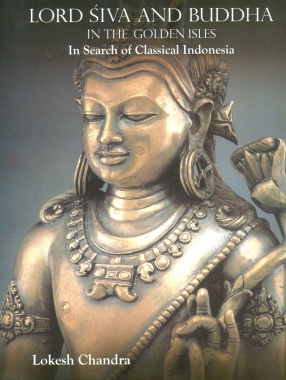-
×
 Nineteenth Century Poetry (1798-1899)
1 × $51.30
Nineteenth Century Poetry (1798-1899)
1 × $51.30 -
×
 Reflection on Indian English Fiction
1 × $55.80
Reflection on Indian English Fiction
1 × $55.80 -
×
 Behind the Silicon Mask
1 × $16.20
Behind the Silicon Mask
1 × $16.20
Subtotal: $123.30

 Nineteenth Century Poetry (1798-1899)
Nineteenth Century Poetry (1798-1899)  Reflection on Indian English Fiction
Reflection on Indian English Fiction  Behind the Silicon Mask
Behind the Silicon Mask 







